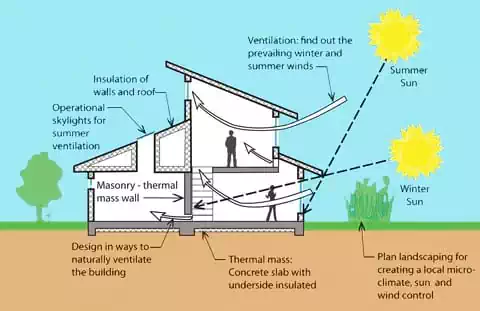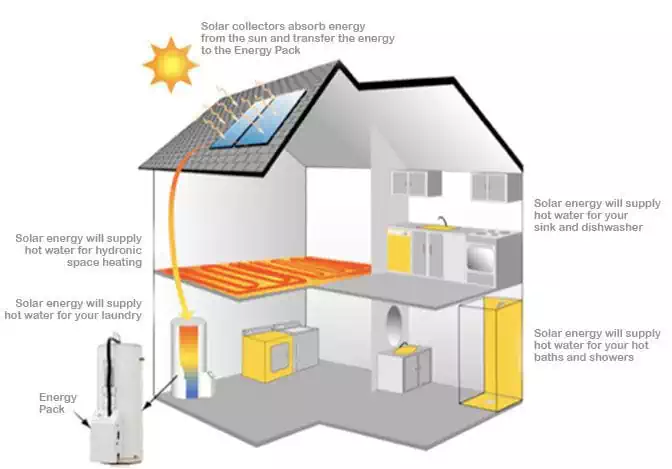Green or sustainable buildings in Zimbabwe
Green buildings are driving the shift toward smarter, more sustainable cities. Through reduced energy and water use, sustainable buildings are central to the fight against climate change. Whether in skyscrapers or cultural landmarks, green buildings are setting the standard for more responsible city development.
Designing Zimbabwe’s Future Cities
Across Zimbabwe, from Harare’s growing skyline to new developments in smaller towns, green buildings are redefining what it means to build for the future. By reducing energy and water use, and by embracing climate-smart design, these projects are paving the way for cities that are healthier, more resilient, and better adapted to our environment.
Why Sustainable Buildings Matter
The United Nations projects that by 2050, nearly 68% of the world’s population will live in cities. Already, cities use 78% of global energy and generate about 60% of greenhouse gas emissions. In Zimbabwe, rapid urbanisation — especially in Harare, Bulawayo, and fast-expanding peri-urban centres — makes sustainable design a critical priority.
Green architecture responds to these challenges by incorporating renewable energy systems, climate-responsive design, and locally available materials. In a country where electricity supply and water security are pressing issues, efficient buildings are not just environmentally responsible — they are practical and cost-saving.
What is a Green Building?
A green or sustainable building is designed to improve quality of life while minimising its environmental footprint. In Zimbabwe, this often means: Designing for natural ventilation and daylight to reduce dependence on power. Using locally sourced materials like stone, timber, and rammed earth to cut transport costs and emissions. Capturing and recycling water to ease pressure on limited municipal supplies. Integrating solar energy systems to reduce reliance on the grid. In South Africa, Green Star provides a benchmark for sustainability. In Zimbabwe, even without formal certification, a few projects are applying the same principles to meet local needs.
Key Characteristics of Green Buildings
Sustainable architecture in Zimbabwe is shaped by both international standards and local realities:
Location & Transport
Avoiding ecologically sensitive areas such as wetlands and promoting walkable, mixed-use neighbourhoods to reduce long commutes.
Sustainable Sites
Protecting indigenous trees, restoring degraded land, and incorporating landscaping that responds to local rainfall patterns.
Efficient Water Use
Rainwater harvesting, greywater recycling, and water-efficient plumbing are vital in cities facing supply shortages.
Energy & Atmosphere
Prioritising solar energy, biogas, and passive cooling strategies to reduce reliance on fossil fuels and grid power.
Materials & Resources
Using recycled concrete, reclaimed timber, and earth-based technologies that reflect Zimbabwe’s traditions while reducing costs.
Indoor Environmental Quality
Designing for cross-ventilation, natural lighting, and reduced noise — essential in hot climates and dense urban areas.
Design Innovation
Blending modern engineering with local knowledge, such as thick rammed earth walls that naturally regulate temperature.
Regional Priority
Addressing issues like load shedding, water scarcity, and the need for inclusive housing that strengthens communities.
Towards Sustainability in Zimbabwe
Harare is already seeing projects that combine solar-powered offices, green public spaces, and water-wise infrastructure. Across Zimbabwe, schools, clinics, and community buildings are turning to rammed earth, natural ventilation, and renewable energy to cut costs and boost resilience.
By adopting climate-responsive architecture, Zimbabwe can position itself as a leader in Africa’s green transition — creating cities and neighbourhoods that are livable, resilient, and proudly connected to both tradition and innovation.
Zimbabwean Green buildings of note
Eastgate commercial centre
A revolutionary building inspired by anthill heat dissipation
Pantic Architects offices - Office green building in rammed earth
A sustainable building building constructed using green passive ideas and approaches
Harare International School Amphitheatre
An ingenious building that utilises the cool underground temperatures to cool the spaces above ground.
Greenfuel HQ - sustainable green building
A company headquarters office building located in the scorching heat of Chisumbanje, Zimbabwe.
Address
2.99 Hobourne Hill
Borrowdale
Harare, Zimbabwe
Contacts
Email: info@panarch.info
Phone: +263 (24) 2870 232




